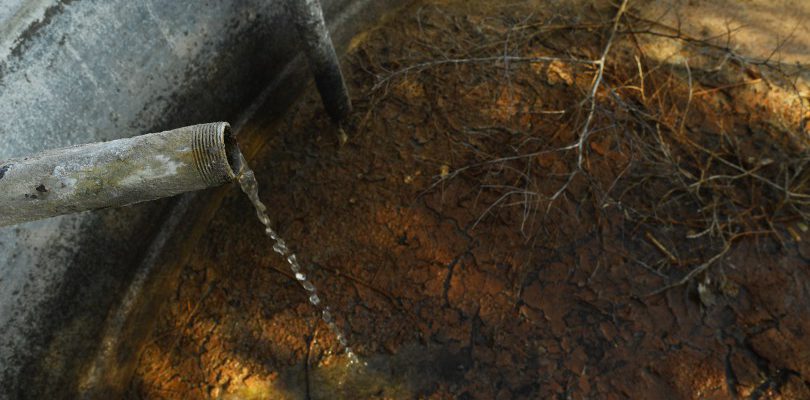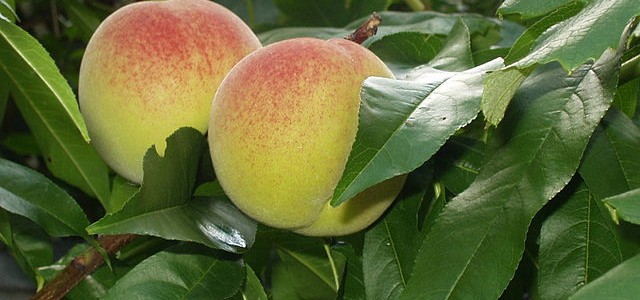Climate and Ag in the news
-

Today a new website dedicated to providing resources for dealing with extreme heat was introduced. It is Heat.gov and is a product of the National Integrated Heat Health Information System. I have not heard of this initiative before, but it seems to be similar to the National Integrated Drought Information System (NIDIS) that I work…
-

The North Carolina State Climate Office is finishing up a series of blog posts that describe various aspects of their coastal areas, including one on coasts and agriculture. You can find them all, including the final one published on Thursday July 21, at https://climate.ncsu.edu/blog/category/climateblog/.
-

As you probably know, the multi-year drought in the Southwestern U. S. has had profound negative consequences for farmers there. The folks who control water supplies are making cuts to irrigation water that are decreasing or stopping water deliveries to some farmers, leaving them with no irrigation for their crops. The scarce water has to…
-

Here is something that never occurred to me before but should have. Irrigation is made up of long metal poles and equipment that is out in the field and can be frequently hit by lightning because it is often the tallest thing in the field. I did not realize that it can hold a charge…
-

Forecasts for La Niña continue to show that we are likely to get a third year in a row of La Niña conditions in the Eastern Pacific Ocean. This means that our next winter could be warmer and drier than normal again. Some of the longest-range models are showing this already. As I have learned…
-

Do you have a lawn at your home? If so, how do you maintain it? Many things that you use to take care of your lawn contribute to climate change by emission of carbon dioxide or reduction of uptake of CO2 by removing trees in favor of grass. Fertilizer can also contribute because manufacturing fertilizer…
Posted in: Climate and Ag in the news -

The dry weather has had many impacts on our Southeast farmers this year. One of the consequences is that while disease pressure has been fairly low, the pests are out in full force. This is true for almost every crop. This story by Clint Thompson in Specialty Crop Industry discusses how the drought is affecting…